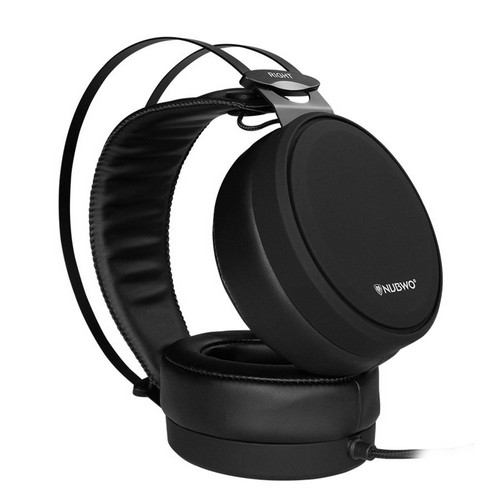GAMING SUPPORT – AMD is obviously keeping a slower pace than a few years ago, with the release of a new generation of graphics cards every two years. The brand is not the only one, Nvidia having also adopted this tempo for a few generations of cards. The Radeon RX 7900 XTX is launched at the same time as the Radeon RX 7900 XT and represents the top of the range of the series – pending the hypothetical release of an RX 7950 version.
The technical point
This series of Radeon RX 7000 obviously rhymes with the release of a new graphics architecture, the RDNA 3 which brings a radical change in the design of AMD’s graphics circuits. Exit the monolithic design and make way for a design in the form of a “chiplet”, an approach similar to that which has now been used for several years on Ryzen processors.
Simply speaking, the chip no longer has a single circuit (die), but up to 7 dies. This allows more modularity, starting with the use of different etching processes — to reduce manufacturing costs and ensure better production efficiency (a small die is easier to manufacture than a large die).
This is obviously not the only novelty of the RDNA 3 architecture here. The different calculation blocks have been reviewed and optimized. There are thus blocks dedicated to second-generation raytracing, which AMD announces up to 1.8x faster than the previous ones. This requires the management of new systems (Geometry Flags, ray flags and nod pointer) and optimized instruction scheduling.
The cache system has also been revised, the second generation Infinity Cache being faster than the previous one and accompanied by much larger L0, L1 and L2 caches. Finally, units dedicated to accelerating AI are now present (AI Matrix Accelerator), AMD thus following Nvidia’s approach with its Tensor Cores.
The Radeon RX 7900 XTX in detail
On the Radeon RX 7900 XTX, AMD has chosen to integrate 96 Compute Units. It thus embeds as many units dedicated to raytracing, 192 units dedicated to AI and 6144 conventional calculation units – against 5120 on the Radeon RX 6950 XT. The maximum GPU frequency is given for 2500 MHz and 2300 MHz in game. 384 bit. All this allows a memory bandwidth of 960 GB / s all the same.
The energy envelope is set at 355 watts, a value quite close to that of the GeForce RTX 4080 (320 watts). The card’s power supply passes through a stage of 20 phases and, above all, through two 8-pin PCIe connectors, AMD having decided to ignore the recent – and maligned – 12HPWR connector found in particular on the GeForce RTX 40.
Consumption
Power consumption is unsurprising and consistent with what AMD indicates in its technical characteristics. It does not exceed 355 watts, as advertised, while the average is more around 335 watts, depending on the games, the definition and the graphic effects activated.
Note: the note in the consumption section corresponds to the ratio between performance and power consumption.
Performance in games
The average operating frequency turned out to be higher than expected. On average, when games are running at 4K, this comes in at 2570 MHz on our gaming panel. A frequency that also changes only slightly depending on the games.
Cut for 4K, the Radeon RX 7900 XTX offers a high-level gaming experience in this definition. However, it is necessary to analyze in detail the results obtained on our test panel to fully understand the positive and negative points.
The AMD ecosystem
AMD is also evolving its software ecosystem. For the time being, we have not been able to take control of all these developments which will arrive in dribs and drabs during 2023. We are thinking in particular of Hypr-RX, a “one-click” type system which will make it possible to optimize simply its graphics card to gain latency and performance. In fact, the option will automatically activate FSR, Radeon Boost (to optimize frequency) and Radeon Anti-Lag (to reduce latency) technologies. Coming in the first half of 2023.
Conclusion
The Radeon RX 7900 XTX is a very good solution for gaming in 4K. Games display at a high frame rate, including raytracing when FSR is active. Nevertheless, if AMD manages to offer a card as fast as its direct competitor (the GeForce RTX 4080 ), we remain a little disappointed by its raytracing performance. The gap with the opponent is then high and the situation will not get better as the games use more effects of this kind. Shame.


